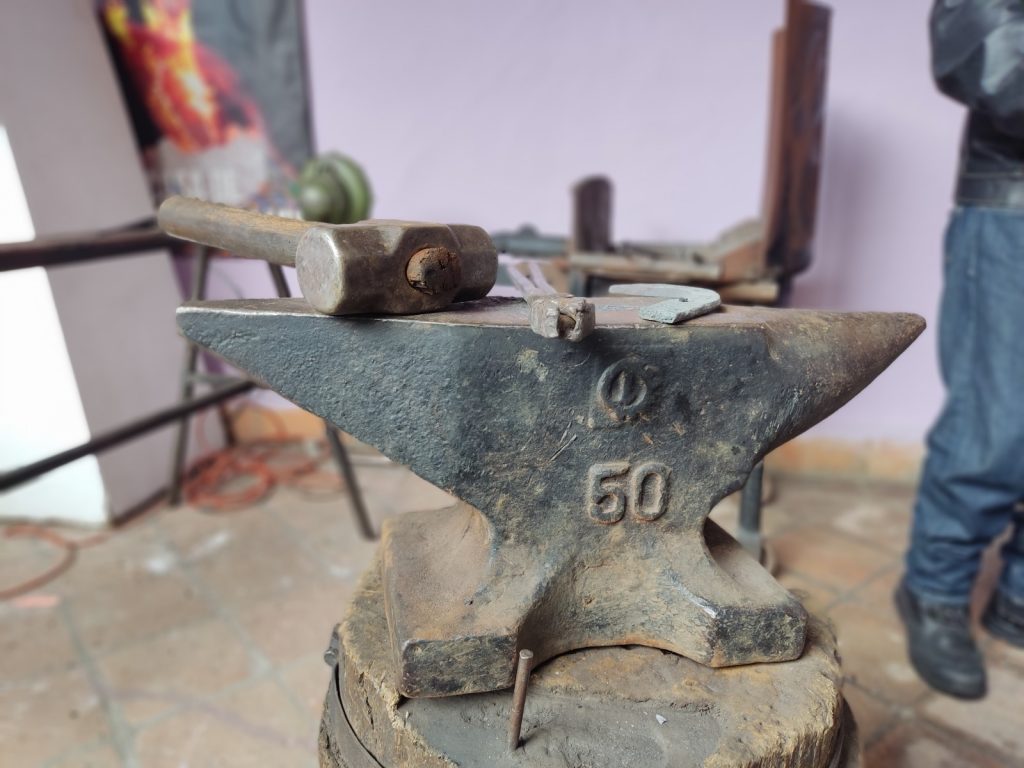Write a Post
How to Travel from Guayaquil to Cuenca
Introduction
There are several ways to get from Guayaquil to Cuenca: by car, bus, minibus, van, taxi, and airplane.
By car
There are two routes to travel from Guayaquil to Cuenca.
Guayaquil - Durán - Puerto Inca - Molleturo - Cuenca
To use the road between Durán and Puerto Inca, you need to pay twice $1 at a toll station. Near Molleturo, various restaurants are open until late and offer beautiful views over the coastal region. During the second part of the trip, you will elevate to over 4,000 meters in El Cajas National Park, which you will pass between Molleturo and Cuenca. The length of this route is 175 km and the total duration of your trip will be about 3.5 hours.
Warning: because of several recent bus robberies and the possiblity of landslides (especially when there is a lot of rainfall), it’s not recommended to drive at night between Guayaquil and Cuenca.
Guayaquil - Durán - El Triunfo - Zhud - Cañar - Cuenca
This is an alternative route to travel from Guayaquil to Cuenca. This route has much more freight traffic because not all trucks are allowed to ride through the El Cajas National Park. The length of this route is 247 km and the duration of your trip will be about 5 hours.
By bus
Buses from Guayaquil to Cuenca depart from the Guayaquil Bus Terminal, Guayaquil’s largest and modern bus terminal that includes a shopping center and a food court.
You’ll find this bus terminal next to Guayaquil Airport. If you need to go from the airport to the bus terminal, it's recommended to take a taxi and no to walk because of security reasons. Unfortunately, taxi drivers usually ask too much for this short trip of fewer than five minutes. Take into account about $4.
Buses operate 24 hours per day and depart about every 20 minutes during the day and every hour during the night. The price is $9.20 (2023), including luggage. Because the road through El Cajas National Park is currently closed, all buses have to take the longer route via Cañar. The travel time is about 5.5 hours. When the route through El Cajas National Park is available again, the travel time will be about 4 hours.
The buses are operated by seperate bus companies but the bus services are jointly provided under the name Atrain Alianza.
You can buy your ticket at ticket booth 51 in the bus terminal. You’ll usually receive a ticket for the next bus. Because the buses for Cuenca depart from level 2 (which means that you have to take an escalator twice), you may have to hurry once you have received your ticket. If you want to spend more time in the bus terminal, you should ask for a ticket for a later bus.
Cuenca Bus Terminal is the destination of the buses in Cuenca. From here you can take another bus, a tram or a taxi to your final destination. If you take a taxi in Cuenca, then take note that taxi drivers always have to use their taxi meters in Cuenca.
Warning: because of several recent bus robberies and the possiblity of landslides (especially when there is a lot of rainfall), it’s not recommended to take the night buses between Guayaquil and Cuenca. Try to only take buses that ride during daylight.
By van
Several companies operate vans between Guayaquil and Cuenca. The price is usually around $12 per person, including luggage.
The van operators are all located near the airport. To get from the airport to your van operator of choice, you should take a taxi.
Companies that operate vans between Guayaquil and Cuenca include:
- OperazuayTur
- PazhucaTours
It's always possible to ask the van driver to make a sanitary stop. The travel time with a van is about 5 hours, but some vans stop at a restaurant, which will increase the travel time.
By taxi
A taxi from Guayaquil to Cuenca costs about $120. The travel time is about 5 hours. Not all taxi drivers will offer this trip.
By minibus
Alianza Microbuses & Courier offers scheduled services with minibuses between Guayaquil and Cuenca. The price for a ticket is $12 for a single trip.
By airplane
LATAM offers a daily flight between Guayaquil and Cuenca. It’s also possible to first fly to Quito Airport and then from Quito Airport to Cuenca. LATAM and Avianca fly on both routes.
Gas in Cuenca and Around
In most homes in the Cuenca region, people need gas to heat water and to cook. Cities and villages in the Cuenca region have no gas pipelines to deliver (natural) gas. Modern condominium buildings have central gas systems, but if you are not living in such a building, you will need to buy gas cylinders.
Buying gas cylinders
Before buying a gas cylinder filled with gas, you need to be sure that you have an empty gas cylinder to give to the gas vendor. You can get empty gas cylinders at stores like Coral and AKÍ. An empty gas cylinder usually costs between $45 and $55. You can also get gas cylinders from gas vendors, but they ask for a higher price. Another option is to buy a gas cylinder via Facebook Marketplace. The offered gas cylinders usually cost about $40.
The easiest way is to buy a full gas cylinder from a gas distribution truck. The vendor will ask $3 if you return an empty gas cylinder. In Cuenca, you can recognize the gas distribution trucks by the song about Cuenca that they play. In the video below, you can listen to this song. When no gas distribution trucks are not showing up, you can call one. There are many gas distribution companies with trucks. An example of such a company in Cuenca is Distribuidora Idrovo. The WhatsApp number of this company to order gas cylinders is +593 9 8284 5747.
Most cities also have several distribution points for consumers. Here you can buy gas cylinders for $1.66 if you return an empty gas cylinder. By law, these gas vendors cannot ask for higher prices. The difference with the price when buying from a gas distribution truck is a service fee.
Color system
The colors of gas cylinders vary by region in Ecuador. In the Cuenca region, you will see white (blanco), yellow (amarillo), and blue (azul) gas cylinders. White and yellow are the most frequent colors of gas cylinders in the Cuenca region. In the past, businesses could only use blue gas cylinders, but this is no longer the case. Vendors will usually accept all three colors. Vendors do not take in gas cylinders with different colors than white, yellow, or blue. The reason is that vendors cannot exchange these gas cylinders from other regions at the regional gas distribution point for resellers in Challuabamba.
Recommendations
- Have a reserve gas cylinder in case a gas cylinder runs out.
- Make sure that all your gas cylinders are full when there is a high probability that a national strike can occur. During national strikes, there is usually a severe shortage of full gas cylinders in the Cuenca region.
- Many modern condominium buildings have central gas systems. If you don’t want to worry about gas cylinders, you may choose a home in such a building.
- Sell your gas cylinders when moving to a region with different gas cylinder colors.
Paying Cuenca's municipal taxes, contributions, and fees for 2024
The municipality of Cuenca collects taxes, contributions, and fees from its citizens every year. In 2024, it expects to collect USD 81 million.
If you own real estate in the canton of Cuenca, you will need to pay municipal property taxes.
If you don't own real estate or run a business in the canton of Cuenca, you usually don't directly pay taxes and contributions. The municipality collects many of its contributions via utility companies. When you pay for electricity and water, you'll see, for example, additional items for the fire department and waste collection on your invoices.
What do you must pay
In case you must make a direct payment, you'll receive a printed payment note that specifies what you must pay.
Payments can fall into three categories:
- Municipal taxes
- Improvement contributions (for road improvements, for example)
- Fees
Discounts
For property taxes, you'll receive a discount depending on when you pay. The earlier you pay, the higher the discount.
Property tax discounts for urban properties:- January 1 to 15: 10%
- January 16 to 31: 9%
- February 1 to 15: 8%
- February 16 to 28: 7%
- March 1 to 15: 6%
- March 16 to 31: 5%
- April 1 to 15: 4%
- April 16 to 30: 3%
- June 1 to 15: 2%
- June 16 to 30: 1%
Improvement contributions
There used to be discounts for improvement contributions as well, but the Comptroller's Office stated last year that there is no legal basis for these discounts. Therefore, the municipality will no longer give discounts when you pay improvement contributions. People who have received discounts on improvement contributions from 2018 to 2023 must pay back these discounts. In 2024, the municipality will collect the discounts that were given in 2018.
How to pay
You can pay your taxes, contributions, and fees online or at one of the 200 payment points.
Online: Pago de impuestos, tasas y contribuciones. On this website, you can pay in two ways: by bank transfers or by credit card.
Payment points include:
- Municipal Treasury Office (Calle Sucre and Calle Simón Bolívar in the historic center): from 8 am to 7 pm until January 15.
- Mayor's Office (Calle Simón Bolívar and Calle Borrero in the historic center): from 8 am to 5.30 pm until January 15.
- Parque La Libertad Municipal Office (Calle Nicanor Merchán and Avenida Héroes de Verdeloma): from 08:00 to 17:30 until January 15.
- Municipal Control Office (second floor of the Cuenca Airport): from 8 am to 5:30 pm until January 15.
- Offices and stores of municipal companies such as EMOV, ETAPA, and Farmasol.
- 11 banks and credit unions.
- Payment points of Servipagos, Western Union, and Facilito.
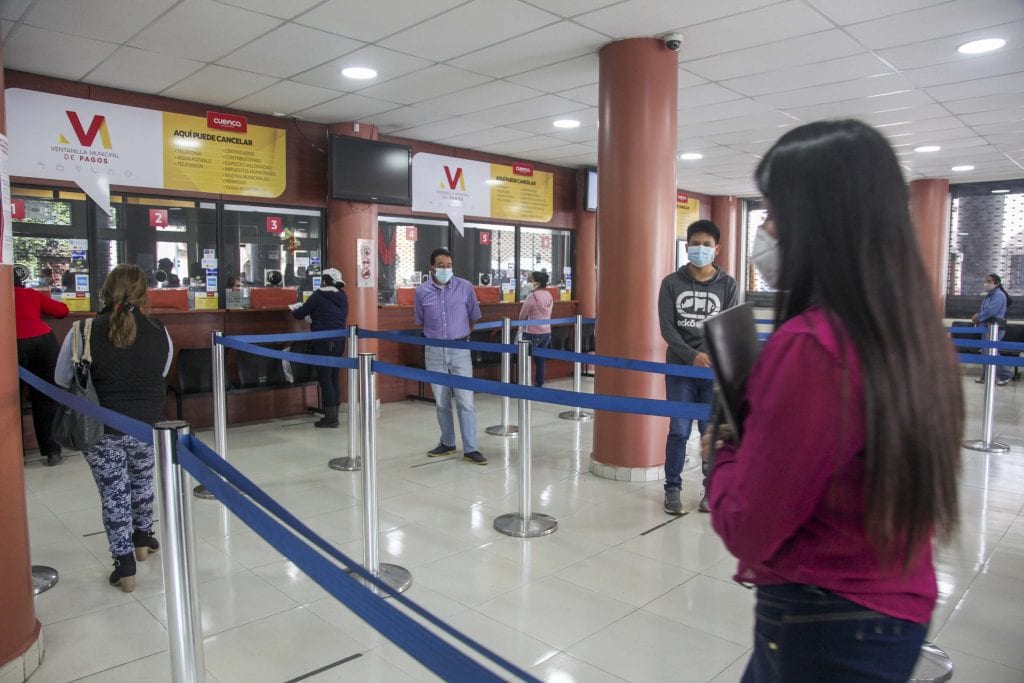
Kobe Sushi & Rolls has opened its first location in Cuenca
Kobe Sushi & Rolls, a chain of Japanese-Ecuadorian fusion food, has opened its first location in Cuenca. It is located in the food court of the Mall del Río and employs a total of 17 people directly. The investment for this Kobe Sushi & Rolls location in Cuenca was USD 170,000.
Kobe Sushi & Rolls has a total of 20 restaurants throughout the country, with 13 in Quito, five in Guayaquil, one in Manta, and one in Cuenca.
Kobe Sushi & Rolls has been present in Ecuador since 2011 and is part of the group that also operates the NOE Sushi Bar brand.
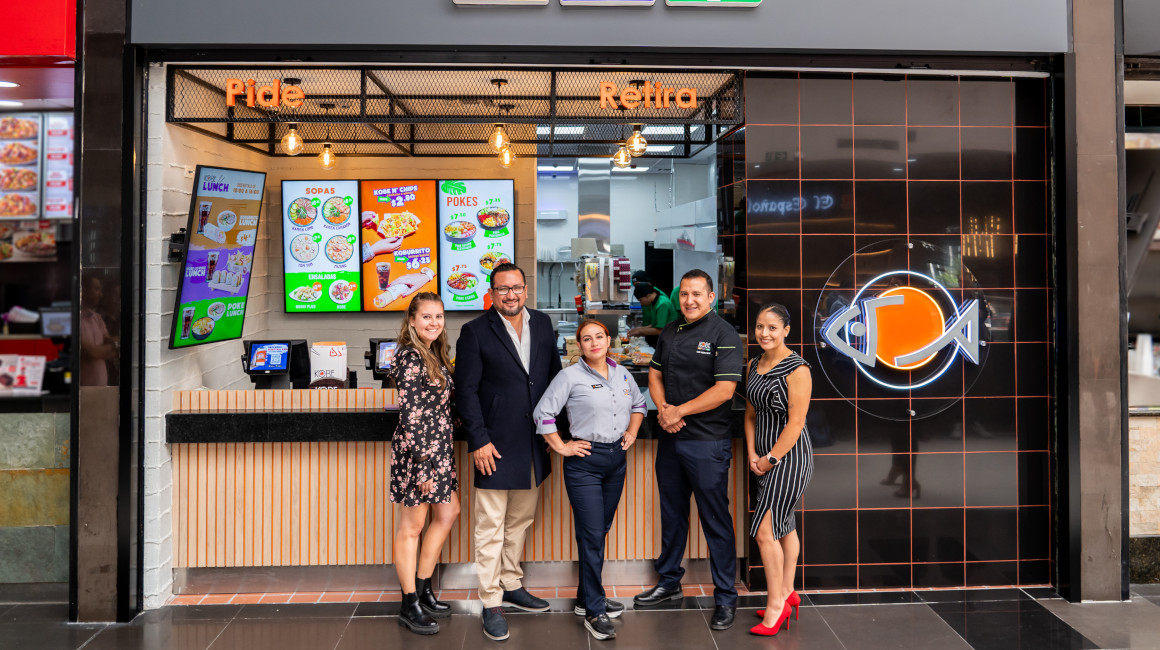
Grupo Ortiz will build Cuenca's largest shopping mall
Grupo Ortiz's forthcoming project will transform Cuenca's retail scene. The new 120,000 square meters mall will house top international brands.
Key facts:
- Construction of the mall is planned to start in January 2024.
- The opening is planned for the end of 2025.
- It will be located next to the Mall del Río (which is also owned by Grupo Ortiz) but on the other side of the highway that runs along this mall.
- The investment for this project is $ 40 million.
- The building will have an area of 120,000 square meters. For comparison: the Mall del Río has an area of 75,000 square meters.
- The mall will house large, international retailers. These retailers need large spaces that the existing malls in Cuenca cannot provide.
- The following retailers and restaurant are already confirmed: Zara, Bershka, Pull & Bear, Stradivarius, Victoria Secret, Bath & Body Works, MAC, Miniso, GMO, PASA, Roland, Steve Madden, The North Face, Tous, Areldi, Vatex, Gap, Old Navy, Calvin Klein, Tommy Hilfiger, Aldo, Bimba & Lola, Esprit, Parfois, Marathon, Explorer, Bike Shop, TLC Store, RCA Store, Samsung Store, L'Occitane, LC Waikiki, H&M, Mango, US Polo, Pandora, DePratti, Piccadilly Shoe Store, Adidas, Nike, Puma, Reebok, Starbucks, Sweet & Coffee, JUAN VALDEZ, Dunkin Donuts, McDonald's, KFC, Burger King, Cajun, American Deli, Papa John's, Domino's, Pity's, Mayflower, Negroni, Fogo de Chao and Sports Planet.
- To be confirmed are: Cinemark, American Eagle, Baskin Robbins, Cinabbon, Mr. Joy, Call it Spring, Casa Res, Clarks, Claire's, Converse, El Corral, Penguin, The Athlete's Foot and Under Armour.
- The mall will also house a store of Hipermercados Coral, a chain of hypermarkets that is owned by Grupo Ortiz.
French Cinema Tuesdays
The French Alliance (Alianza Francesa) organizes every month French Cinema Tuesdays on which it screens films in French with Spanish subtitles. All movies start at 7 PM. The entrance is free.
Cuenca's first open-air library opened
News outlet Cuenca4Ríos has reported that a group of people have started an open-air library in the park between the Yanuncay River and the Avenida Primero de Mayo near Las Tres Puentes in Cuenca. The project is called Bibliorío and more open-air libraries are planned. There are probably only Spanish books available but this may change in the future.

Surmont wins at Beer & Life in Loja
During the festival Beer & Life, which took place in Loja on April 27, brewery Surmont from Cuenca won the first prize for best beer. More than 12 breweries took part in the contest. Surmont was founded by David Pinos and Esteban Arizaga. The company has been on the market for one and a half years. It sells its beer at over 150 points of sale nationwide.
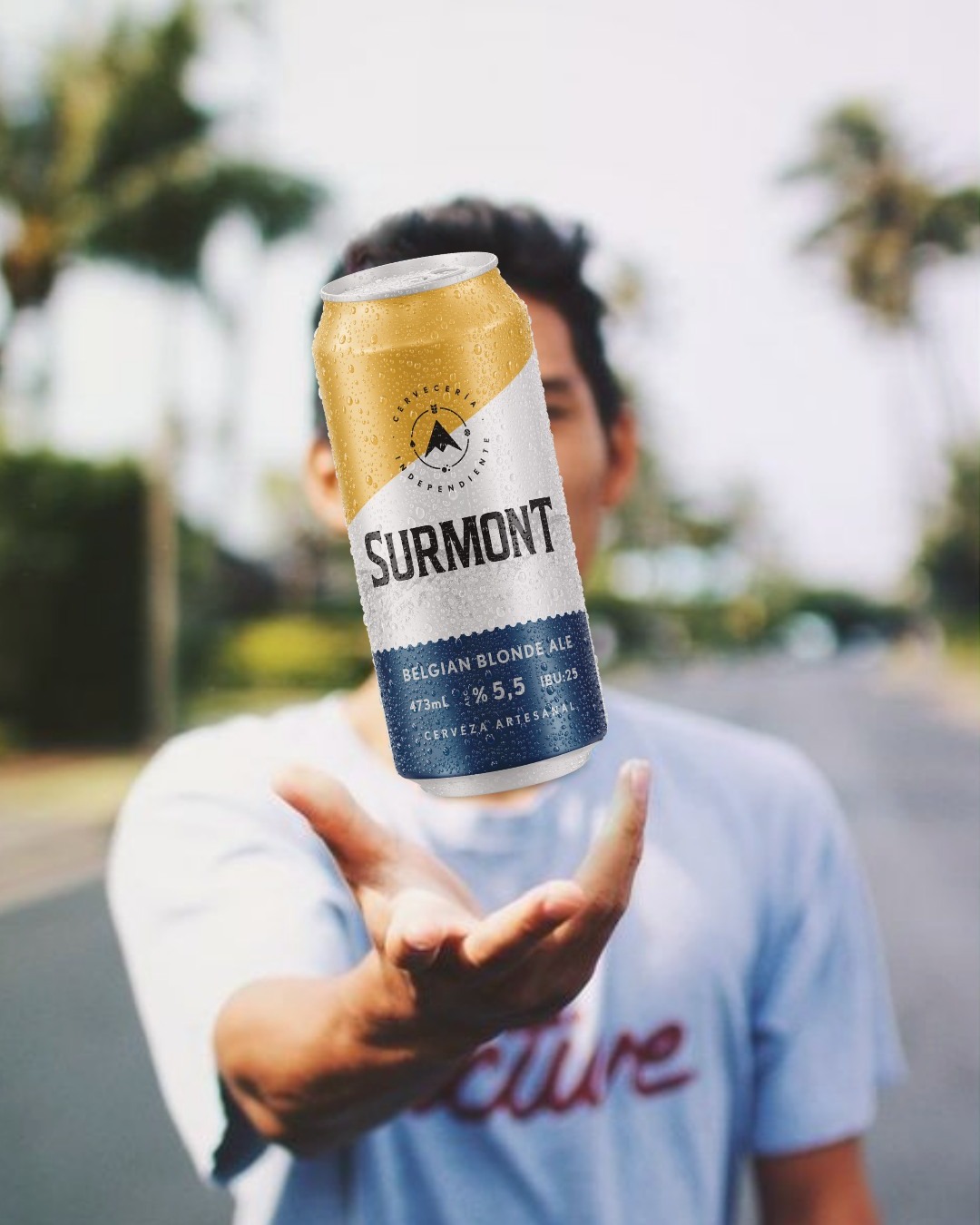
Cuenca's airport closure is suspended
The 1.9 km long runway of Cuenca's airport was scheduled to be closed for maintenance and improvements in September and October this year. Due to contracting problems, this closure will be postponed until at least 2025. The municipality will ask contractors to make new bids.
Runway extension
Corpac, the municipal company that manages the airport, is analyzing an extension of the runway towards the northern head, which overlooks the Milchichig area. Studies are needed to carry out this expansion.
Staircase to the historic center next to Parque de la Madre will get facilities for people with disabilities
On Monday, June 17, 2024, the municipality of Cuenca will begin the reconstruction of the "Francisco Sojos Jaramillo". This is the staircase to the history center that is located next to the Parque de la Madre, between Paseo 3 de Noviembre next to the river and Calle Larga in the historic center. The reconstructed staircase will have facilities such as a stair lift and handrails for people with disabilities and older adults. It will also feature an automated bicycle rail and LED lighting. The reconstruction is expected to be completed by mid-October this year.
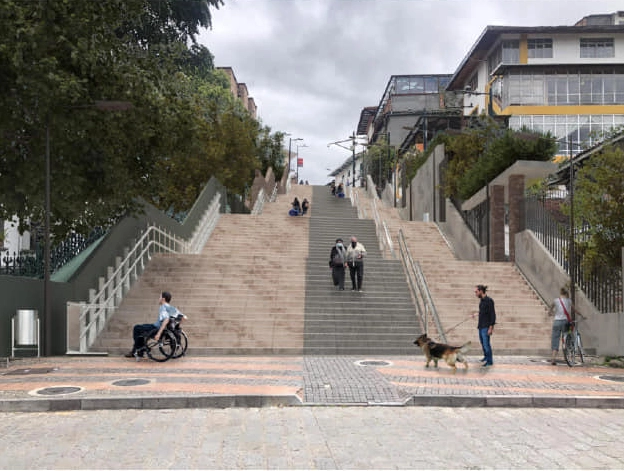
New Bus Terminal to be Built in the Narancay District of Cuenca
The Municipality of Cuenca will construct a new bus terminal in the Narancay district, located in the southwestern part of the city. This district serves as the entrance to Cuenca from the direction of Loja/Machala.
The bus terminal will be built on the site of the current municipal food market (locally known as Plataforma Municipal Itinerante Narancay). It will have direct access to the new highway under construction in Narancay, which aims to alleviate traffic on the current road through the district. The bus terminal will accommodate interprovincial and regional buses. An electric bus will connect the terminal to the tramway, with the nearest tramway stop approximately 1 km away.
The municipality has already completed the designs for the bus terminal and is currently in the socialization phase, during which the project is explained to the public. Once this phase is completed, the construction of the bus terminal will take about a year and will cost approximately 10 million dollars.
Cuenca's current bus terminal, located east of the historic center, will remain in service after the opening of the new bus terminal. There are plans to replace the existing bus terminal with a new one in the northern part of the city, though this project is still in the study phase. Ultimately, Cuenca will have two new bus terminals: one in the southern part of the city and one in the northern part.
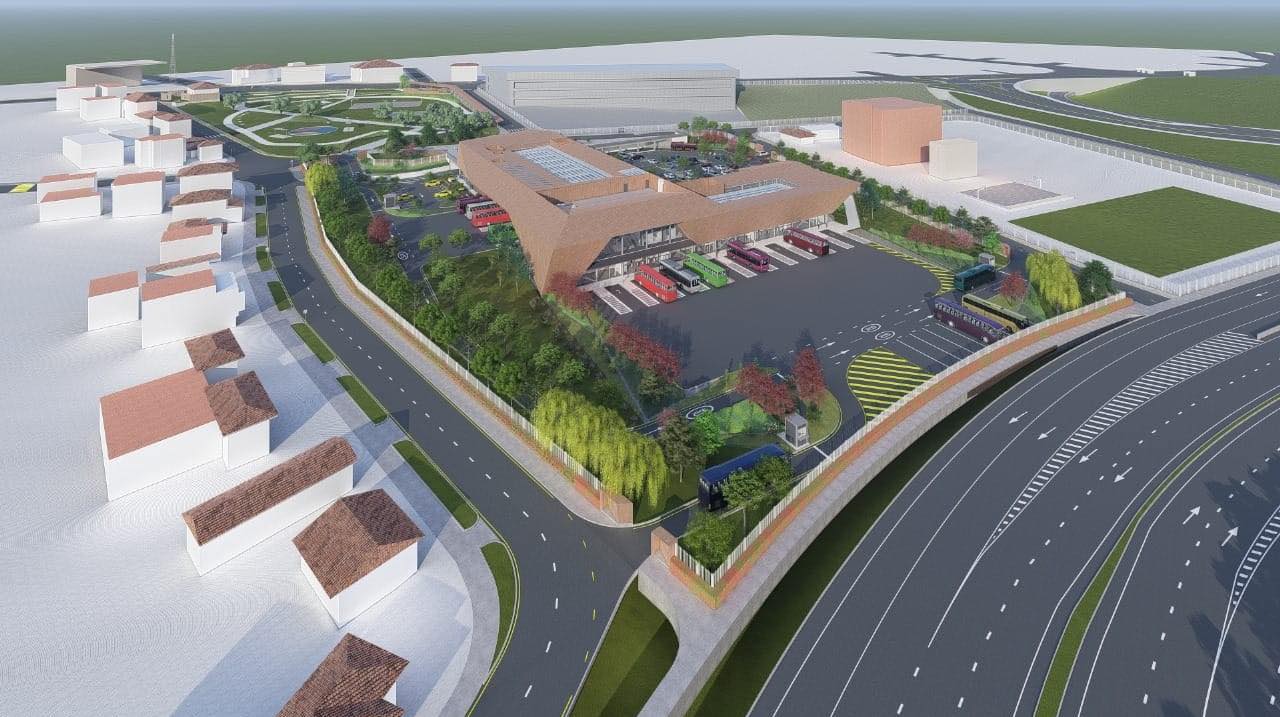
San Luis Seminary opens terrace as Cuenca's newest tourist attraction
The front terrace of the San Luis Seminary has been opened to the public as a new tourist attraction. Its restoration took one month.
The Archdiocese of Cuenca waited 20 years to open the front terrace of the "San Luis" Seminary to the public. This space in the heritage property becomes a new attraction of the Historic Center.
The Archdiocese invested resources to restore the balcony due to its privileged location facing Benigno Malo Street. It is approximately 60 meters long by six meters wide with a slight slope in the floor to drain rainwater.
As a visitor you can access the terrace through a narrow spiral wooden staircase. From the terrace you can enjoy a beautiful panoramic view of the urban area. You'll be able to see the domes of the New Cathedral, Parque Calderón, the buildings of the Municipality of Cuenca, and the Azuay Governor's Office.
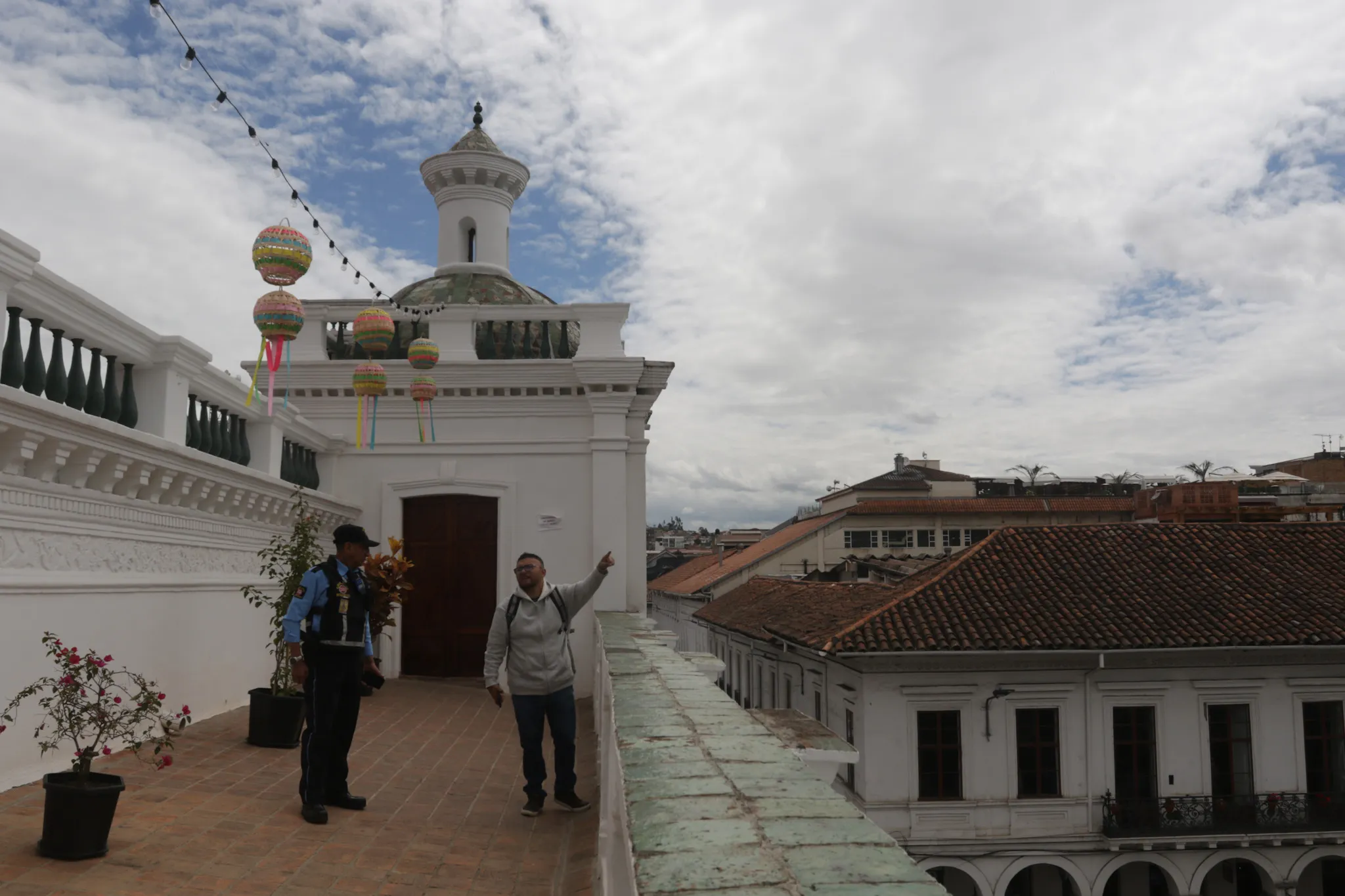
Stadium improvement works have started
Cuenca mayor Cristian Zamora reported that improvements to the Alejandro Serrano Aguilar stadium have begun. The works include new painting, the renovation of the bathrooms, the installation of chairs, and the installation of a comprehensive electrical system.
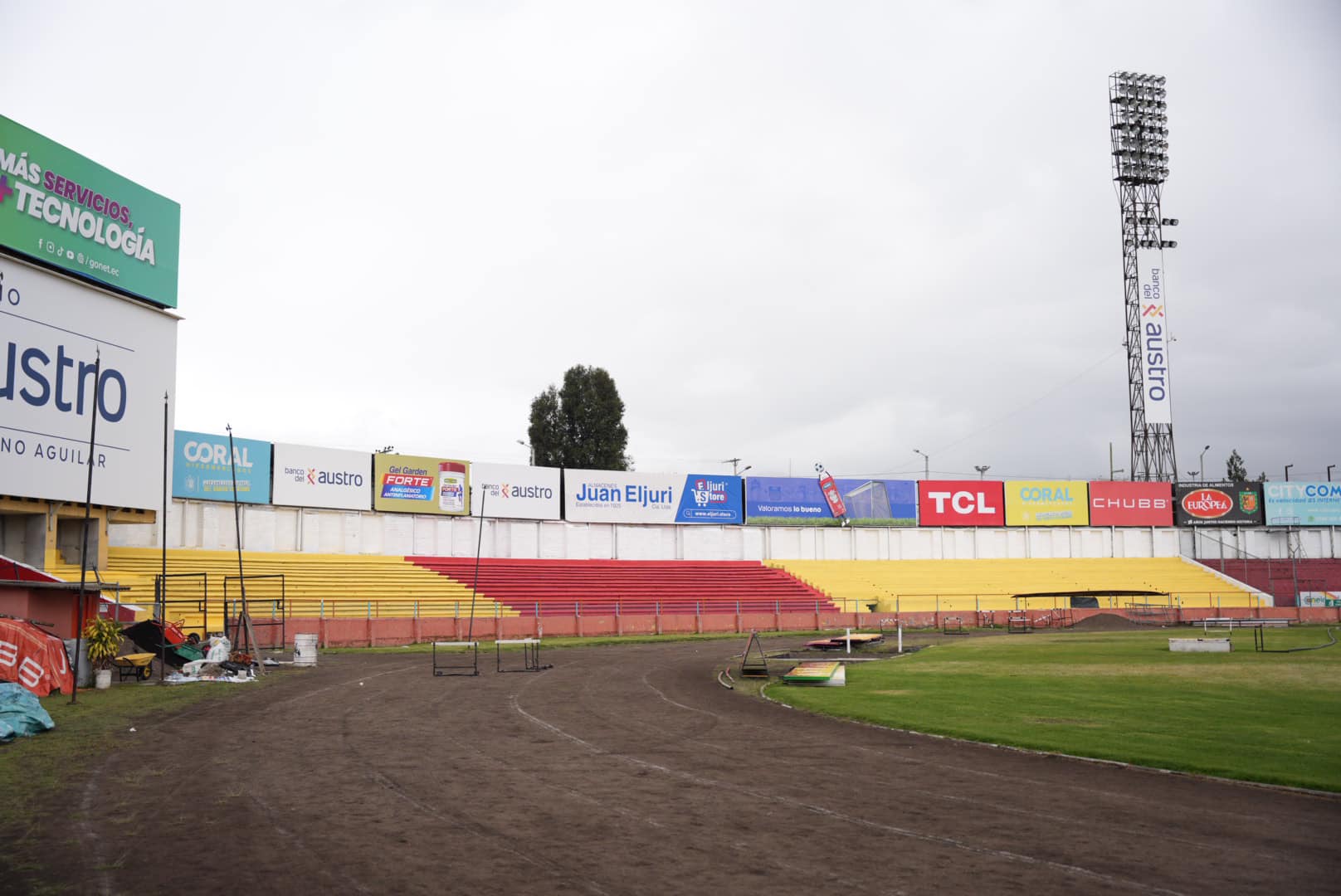
Remodeling of the Feria Libre market
El Nuevo Tiempo reports that during a press conference Cuenca's Mayor Cristian Zamora, has invited professionals, associations, and consortiums to present projects for the remodeling of the Feria Libre market.
The market currently lacks order and optimal conditions for the sale of products. It also suffers from insecurity and environmental pollution.
The referential budget for the space's recovery is $8,000,000. The municipality plans to remodel the market in three stages. Proposals can be submitted until next October. Investors are also welcome to submit proposals.
